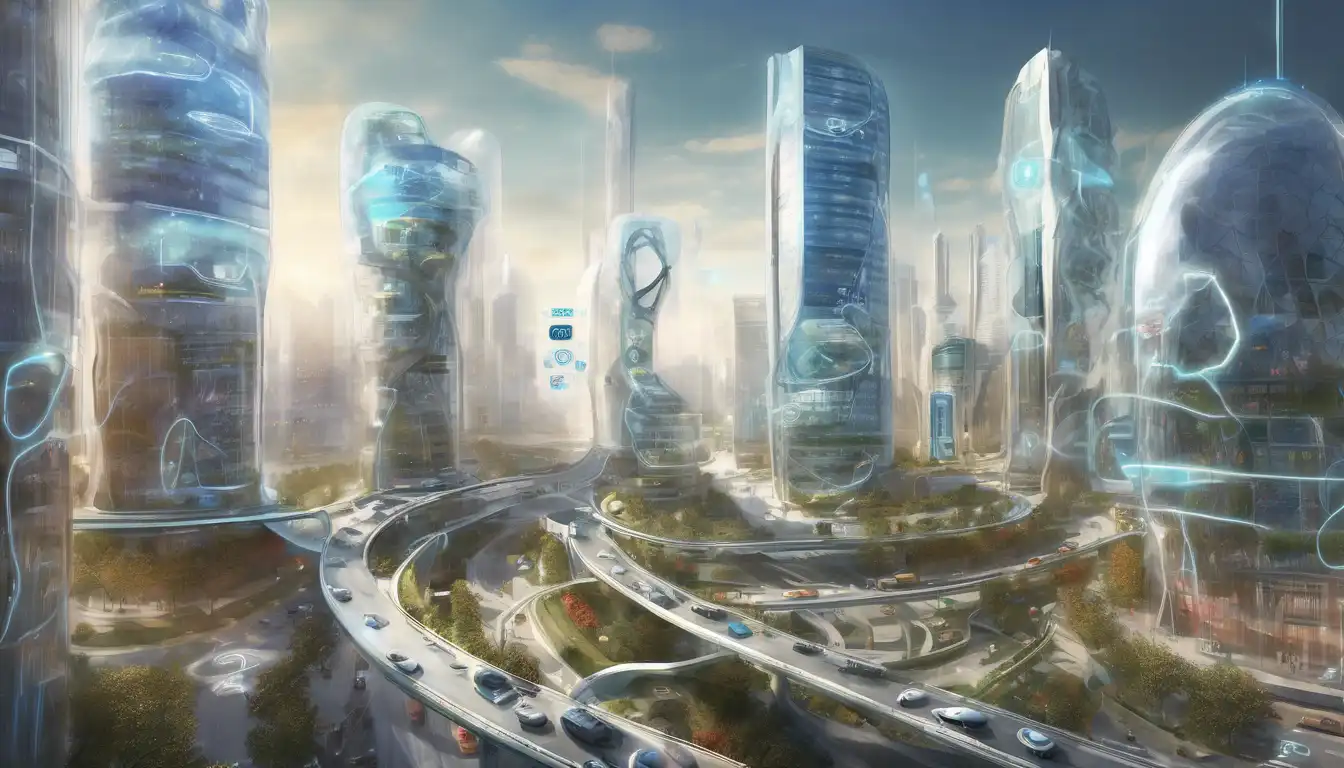The Role of IoT in Shaping Smart Cities
The Internet of Things (IoT) is revolutionizing the way we live, work, and interact with our urban environments. By embedding sensors and connectivity into the fabric of cities, IoT is enabling a new era of smart cities that are more efficient, sustainable, and livable. This article delves into the future of IoT in smart cities, exploring its potential to transform urban life.
Understanding IoT and Smart Cities
At its core, IoT refers to the network of physical devices connected to the internet, collecting and sharing data. In the context of smart cities, IoT technologies are used to monitor and manage urban infrastructure, from traffic lights to water systems, making cities more responsive to the needs of their inhabitants.
Key Benefits of IoT in Smart Cities
- Enhanced Efficiency: IoT devices can optimize energy use, reduce waste, and streamline city services.
- Improved Safety: Smart surveillance and emergency response systems can make cities safer for residents.
- Sustainability: IoT can help cities reduce their carbon footprint by monitoring and managing environmental conditions.
- Quality of Life: From smart parking to pollution monitoring, IoT enhances the daily lives of city dwellers.
Challenges and Considerations
Despite its benefits, the integration of IoT into smart cities is not without challenges. Issues such as data privacy, security, and the digital divide must be addressed to ensure that the future of IoT in smart cities is inclusive and secure.
The Future Outlook
As technology advances, the potential for IoT in smart cities is boundless. Innovations in AI and machine learning, coupled with IoT, are expected to further enhance urban living, making cities not only smarter but also more adaptable to the changing needs of their populations.
For more insights into how technology is shaping our future, explore our articles on urban development and innovation.
The journey towards fully realized smart cities is ongoing, but with IoT at the helm, the future looks promising. By addressing current challenges and leveraging new technologies, cities can harness the full potential of IoT to create environments that are not only intelligent but also inclusive and sustainable.
